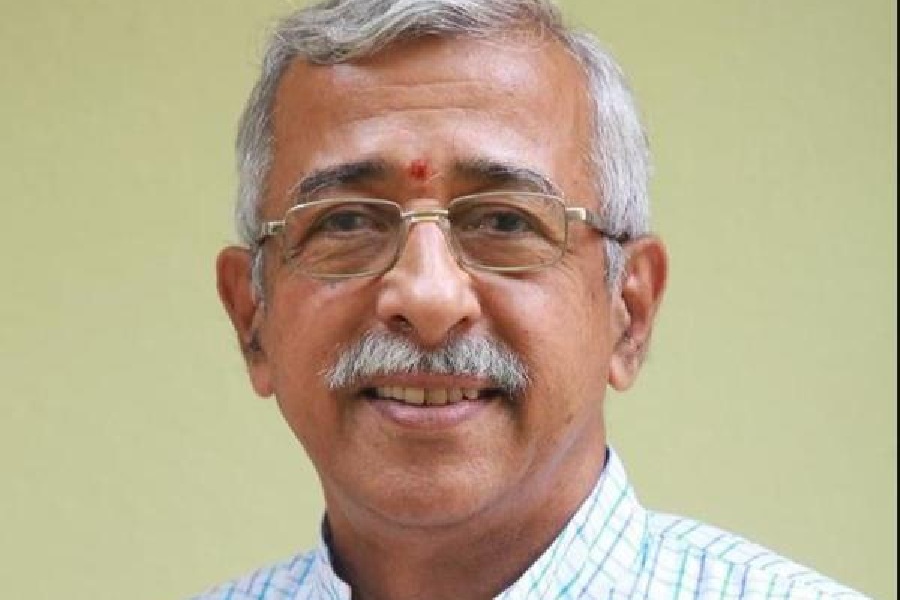Guwahati, Aug. 23: Iron in drinking water sources continues to be a major problem in Assam as 17,692 habitations are found to be affected by it.
Official figures have shown that water in 18,659 habitations, was affected by different chemicals, which include iron, arsenic and fluoride.
Iron is an essential element in human nutrition. Estimates of the minimum daily requirement for iron depend on age, sex, physiological status, and iron bioavailability and ranges from 10 to 50mg per day.
However, chronically consuming large amounts of iron can lead to a condition known as iron overload. Left untreated, iron overload can lead to hemochromatosis, a severe disease that can damage the body organs. Early symptoms include fatigue, weight loss, and joint pain, but if hemochromatosis is not treated, it can lead to heart disease, liver problems and diabetes. A blood test can identify iron overload.
Water collects iron in several ways. Even as it falls through the air, water acquires small amounts of iron oxides found in the atmospheric dust.
Water, rich in carbon dioxide, readily dissolves iron from the earth’s plentiful deposits as it leaches these in its underground flow.
To tackle iron affected habitations, Assam has a total of Rs 496.50 crore under the National Rural Drinking Water Programme in the financial year 2010-11, of which, expenditure till March this year has been Rs 320.13 crore (64.5 per cent).
“Generally piped water supply schemes with the provision of aeration and filtration are proposed to tackle the problem of excess iron in water,” an official of Assam public health engineering department said.
However, statistics have shown that only 20 per cent of the rural population in Assam have been provided piped water supply. The state government had decided to take up 3,158 affected area in 2011-12.
“In a meeting to discuss the annual action plan in March this year, senior officials of our department had apprised the ministry of drinking water and sanitation about the problem of presence of iron in drinking water. Use of a filtration method, improved by the Bhubaneswar-based Institute of Minerals and Materials Technology, was also mooted for Assam in the meeting,” said the official.
In 2010, the public health engineering department proposed to cover 121 arsenic-affected habitations (out of 2,599 arsenic-affected habitations), all 248 fluoride-affected habitations and 3,879 iron-affected habitations (out of 17,692) by 2010-11.
It was decided that the remaining 2,478 arsenic-affected habitations will be covered by the end of 2011-2012 and 13,813 iron-affected habitations will be covered by the end of 2013-2014.
A survey, conducted jointly by IIT Guwahati in association with the public health engineering department, also revealed that as on January this year, more than 7,00,000 people in the state were exposed to arsenic contamination.










